Robotic-Assisted Revision Surgery: Redefining Complex Joint Replacements
The field of joint replacement surgery has made incredible strides in recent years, thanks to advancements in medical technology. Among the most exciting developments is robotic-assisted surgery, which is transforming the way surgeons’ approach complex joint replacement procedures.
Robotic-assisted revision surgery is particularly valuable when previous joint replacements need to be corrected, offering greater precision, improved outcomes, and faster recovery times.
In this article, we’ll explore how robotic technology is redefining revision surgery for complex joint replacements, with a focus on knee replacements, and how it benefits both patients and surgeons.
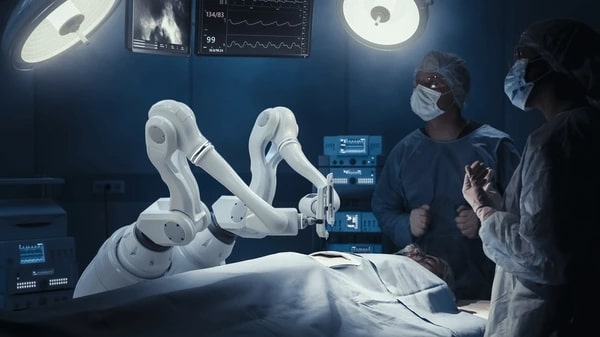
What is Robotic-Assisted Surgery?
Robotic-assisted surgery refers to a type of surgery where surgeons use robotic systems to enhance the precision and accuracy of their movements. In orthopedic procedures, such as joint replacements, robotic systems assist in planning and executing the surgery with greater control than traditional methods.
While the surgeon remains fully in control, the robotic system provides real-time data and guidance during the procedure. This allows the surgeon to perform more accurate bone cuts and place implants with greater precision, reducing the risk of errors and improving overall outcomes.
How Does Robotic-Assisted Surgery Work?
In a robotic-assisted surgery, a combination of preoperative imaging and real-time data is used to guide the surgeon.
Here’s how it works:
Preoperative Imaging: Before the surgery, 3D imaging techniques, such as CT scans, are used to create a detailed map of the patient’s joint. This map helps the surgeon understand the unique anatomy of the joint and plan the surgery with precision.
Intraoperative Guidance: During the surgery, the robotic system provides real-time feedback, ensuring that the surgeon’s movements are perfectly aligned with the preoperative plan. This minimizes the margin for error and ensures that the implant is placed in the optimal position.
Surgeon-Controlled Robotic Arms: The robotic arms assist the surgeon in performing the procedure by making precise movements based on the planned data.
Understanding Revision Surgery in Joint Replacements
Revision surgery is a procedure performed to replace or repair a previous joint replacement that has failed or worn out. Over time, joint implants can wear down, loosen, or become misaligned, requiring additional surgery to correct the problem.
Challenges in Traditional Revision Surgery
Traditional revision surgery can be complex and challenging due to the previous alterations made to the joint. Scar tissue, changes in the bone structure, and the presence of the old implant make these surgeries more difficult and prone to complications.
In these cases, robotic-assisted revision surgery offers significant advantages by improving precision and reducing the risks associated with traditional techniques.
Robotic-Assisted Revision Surgery: The Future of Complex Joint Replacements
Robotic-assisted revision surgery is revolutionizing the way complex joint replacements are performed.
Here’s how it is redefining the procedure:
Increased Precision and Accuracy
One of the primary benefits of robotic-assisted revision surgery is the increased precision it offers. The robotic system provides the surgeon with real-time feedback, allowing for more accurate implant placement and bone preparation. This is especially important in revision surgeries, where previous implants or bone loss may have altered the joint’s anatomy.
Personalized Surgery Planning
With the help of 3D imaging, robotic technology allows for personalized surgery planning. The surgeon can create a customized surgical plan based on the patient’s unique anatomy, leading to more accurate results. This tailored approach ensures that the implant is placed in the best possible position, improving long-term outcomes for the patient.
Reducing Surgical Risks and Complications
Robotic-assisted surgery helps to reduce the risk of complications during revision surgery. The real-time data and enhanced visualization provided by the robotic system allow the surgeon to navigate complex joint structures with greater precision, reducing the likelihood of bone or tissue damage. This leads to fewer complications and a smoother recovery for the patient.
Benefits of Robotic-Assisted Knee Replacement Surgery
Robotic knee replacement surgery, particularly in revision cases, offers a number of significant benefits for both the patient and the surgeon:
Better Implant Longevity
One of the key advantages of robotic joint replacement is the improved accuracy in implant placement. When implants are placed in the optimal position, they are less likely to wear down prematurely. This leads to better implant longevity, reducing the need for future revision surgeries.
Faster Recovery and Rehabilitation
Because robotic-assisted knee replacement surgery is minimally invasive, there is less damage to surrounding tissues. This results in reduced postoperative pain and faster recovery times. Patients can expect to return to their normal activities sooner than with traditional surgery methods.
Success Rate of Robotic-Assisted Knee Replacement Surgery
One of the most common questions patients have been, “What is the success rate of robotic knee replacement surgery?” Studies have shown that robotic knee replacement surgeries have higher success rates compared to traditional methods, primarily due to the increased precision of implant placement.
This leads to better joint function, fewer complications, and longer-lasting results.
Clinical Studies and Results
Recent clinical studies demonstrate that robotic-assisted knee replacements result in better alignment of the joint, which is a critical factor in the success of the surgery. Patients who undergo robotic knee replacements experience fewer issues with implant loosening or misalignment, which are common reasons for revision surgeries.
Robotic Knee Replacement Surgery in Thane: Why Choose Pinnacle Orthocentre Hospital?
At Pinnacle Orthocentre Hospital, we are proud to be leaders in robotic-assisted joint replacement surgery. Our highly skilled team of surgeons is experienced in performing complex revision surgeries using the latest robotic technologies.
Expertise in Robotic Joint Replacement
Our team of robotic joint replacement surgeons in Thane is trained in the latest techniques to ensure the best possible outcomes for our patients. With years of experience and access to cutting-edge robotic systems, we provide top-tier care for patients requiring complex revision surgeries.
Advance Robotic Technology
At Pinnacle Orthocentre, we utilize advanced robotic systems that enhance the precision and safety of every procedure. Our hospital is equipped with the latest robotic technologies, ensuring that patients receive the most accurate and effective treatments available.
What to Expect During a Robotic-Assisted Revision Surgery
If you are considering a robotic-assisted knee replacement surgery, it’s important to know what to expect throughout the process:
Preoperative Planning
Before the surgery, your surgeon will conduct a thorough evaluation of your joint using 3D imaging. This will allow the surgical team to create a personalized plan tailored to your unique anatomy, ensuring the best possible outcome.
The Surgical Procedure
During the procedure, the surgeon will be assisted by the robotic system to ensure precise cuts and implant placement. The robotic arms provide real-time feedback and guidance, allowing for a highly accurate surgery.
Postoperative Recovery
After the surgery, you can expect a faster recovery compared to traditional surgery. The minimally invasive nature of robotic-assisted surgery results in less pain, quicker rehabilitation, and a faster return to daily activities.
Conclusion
Robotic-assisted revision surgery is revolutionizing the way complex joint replacements are performed, offering greater precision, reduced complications, and improved long-term outcomes. Whether you need a primary joint replacement or a revision surgery, robotic technology provides a safer, more accurate approach to joint replacement.
For those in Thane, Pinnacle Orthocentre Hospital offers the latest in robotic knee replacement surgery, backed by a team of experienced robotic joint replacement surgeons. Contact us today to learn more about how robotic-assisted surgery can benefit you.

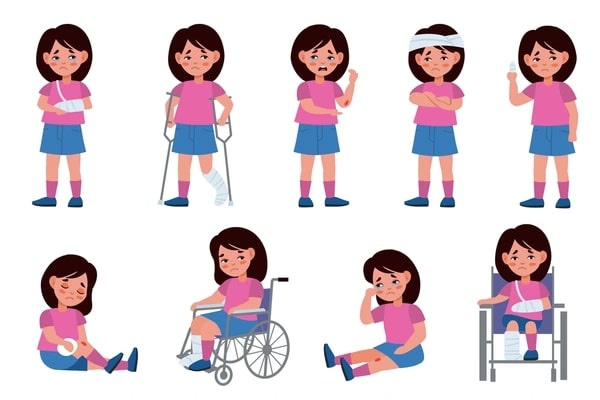
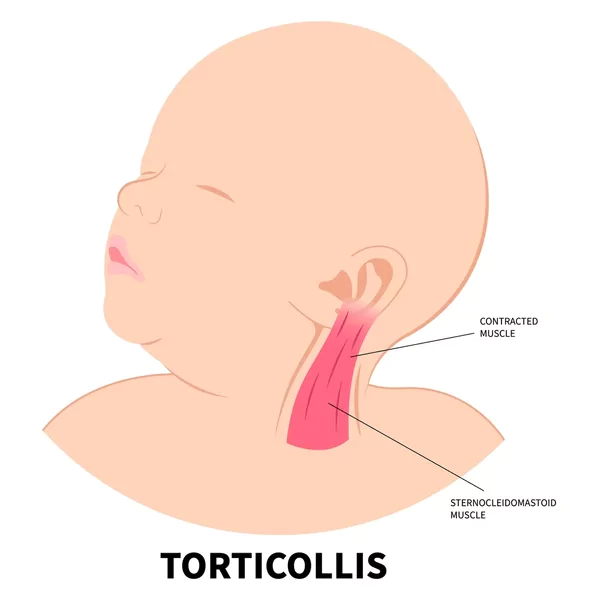
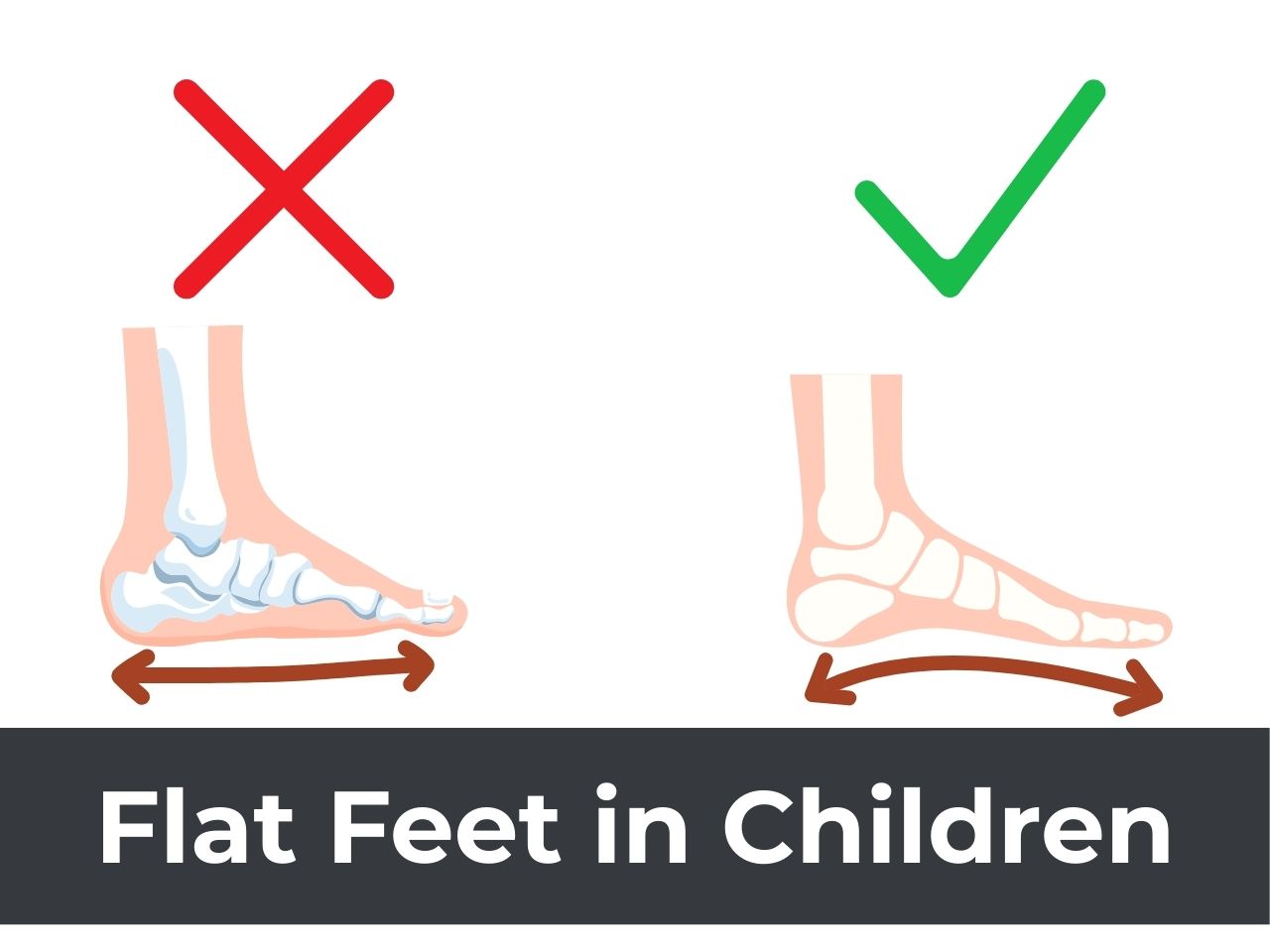

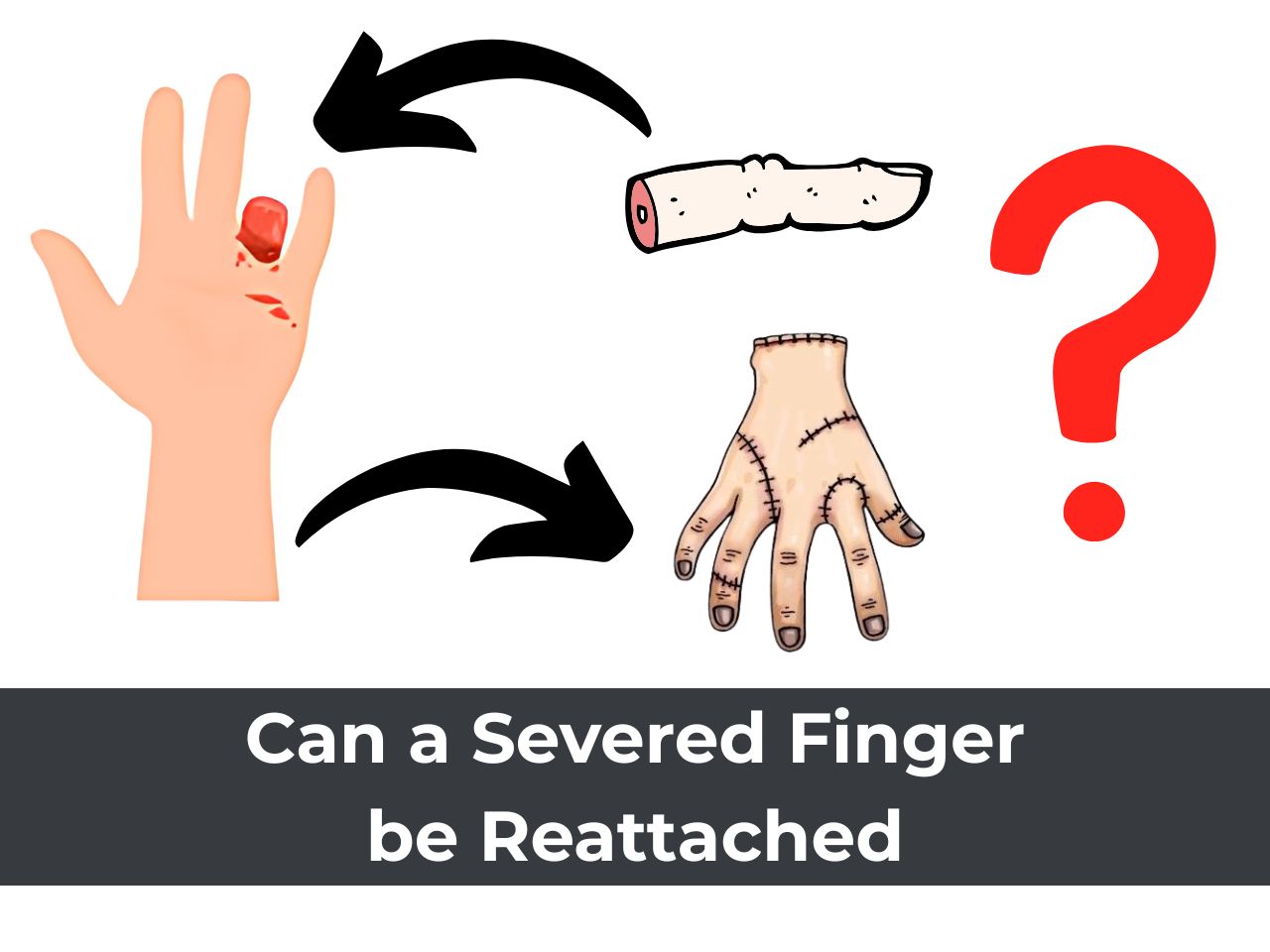
0 Comments